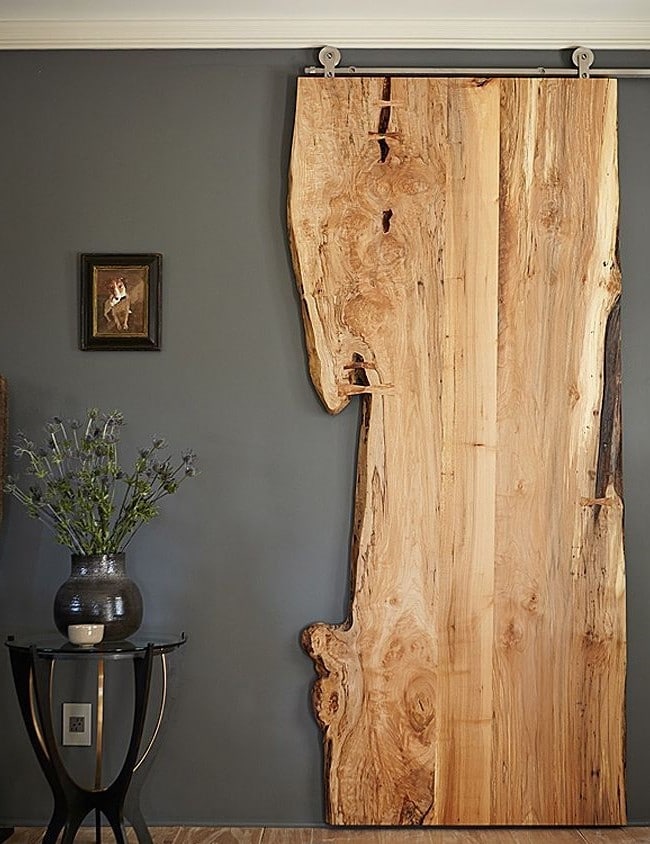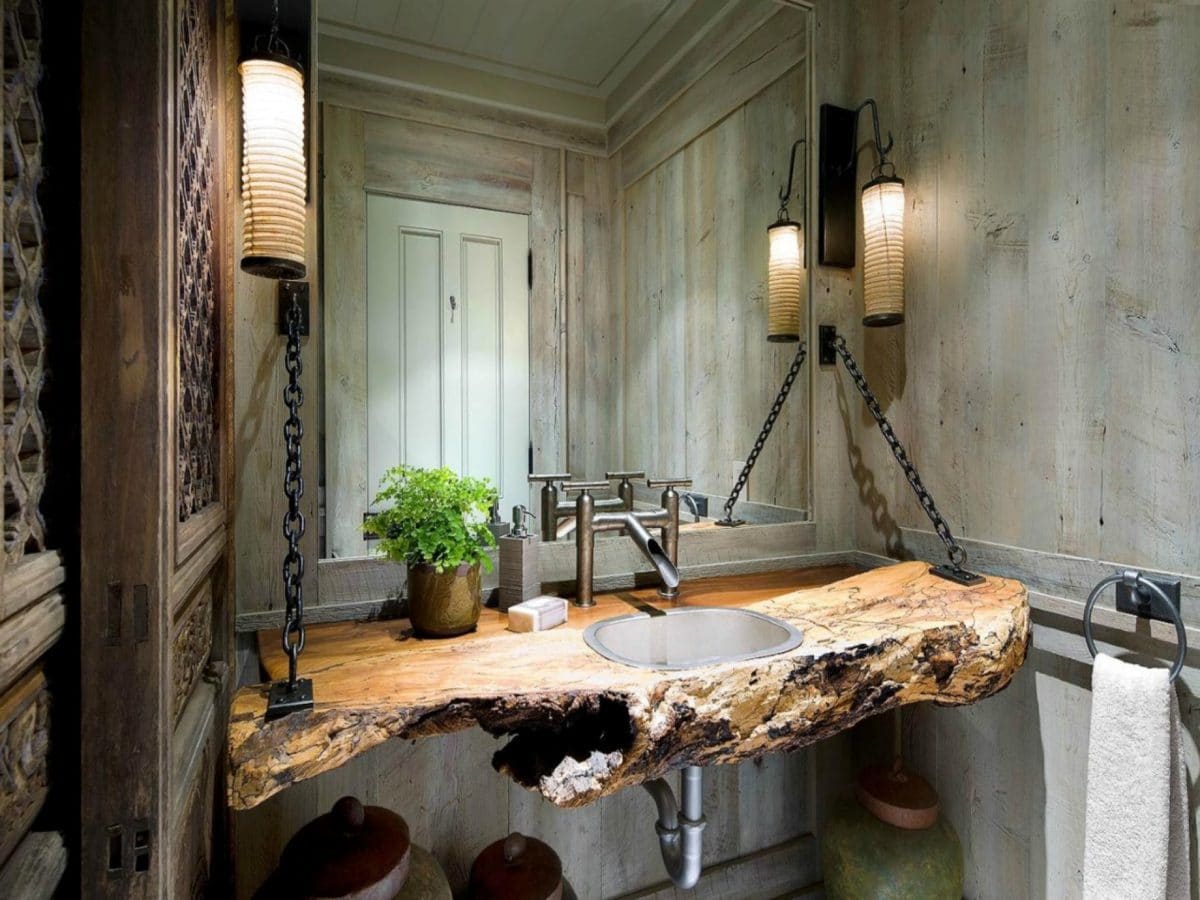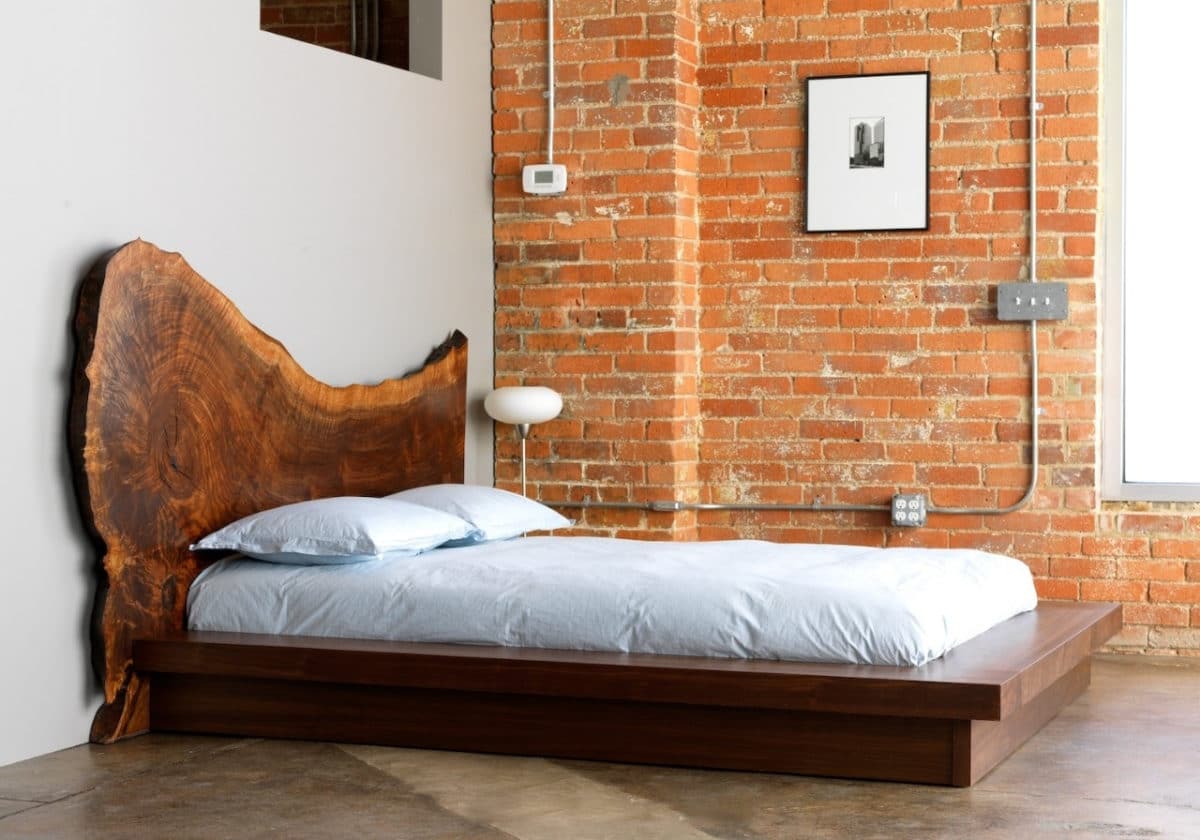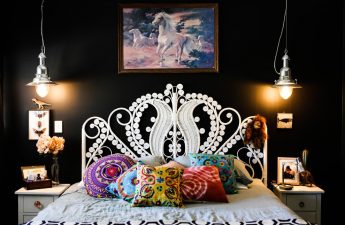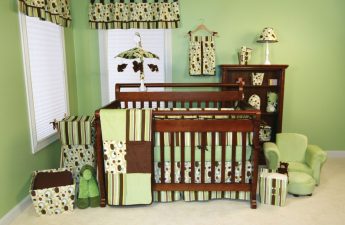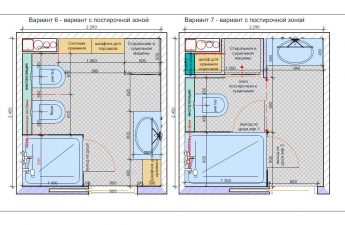Wood is striking in a modern interioris different from what our parents are used to seeing. It looks less processed and at the same time more fantastic. For about 15 years, no one could even imagine that wood could be filled with liquid glass and get a stunning table. Read about new technologies for working with wood in our latest article Modern interiors are not necessarily modern materials, most often these are new ways of processing long-known and beloved stone, glass and wood. Sometimes such materials are used together and with the right approach, real masterpieces are obtained as a result. Interior designer Ekaterina Semykina will tell us more about modern methods of working with wood and glass today. Ekaterina Semykina, interior designer
Designer, art critic, graphic artist.
In 2007 she graduated from Moscow State University of Culture and Arts, Faculty of Cultural Studies, specializing in world artistic culture and art.
Since 2006 she has been engaged in interior design.
Ekaterina is involved in all stages of the project:starting from the layout solution, selection of furniture and finishing materials, working drawings for builders, 3D visualization or conceptual sketches and ending with author's supervision.
Works in all architectural and interior styles.
Always brings a touch of individuality to the interiors of her clients. facebook.com/Ekaterina.Interior
— I was inspired to create this materialamazing tables from the Italian company Lebric and participation in the Furnitute market exhibition, which took place in mid-July at Artplay, where I got acquainted with the production technology of these tables.
There is not a single object or material in nature,which would be absolutely similar. These tables are made from a slab of natural wood, so uniqueness is their main feature. The minimum thickness of the slab suitable for production should be 4 cm. The main difficulty lies only in choosing the type of wood, because each cut is beautiful in its own way.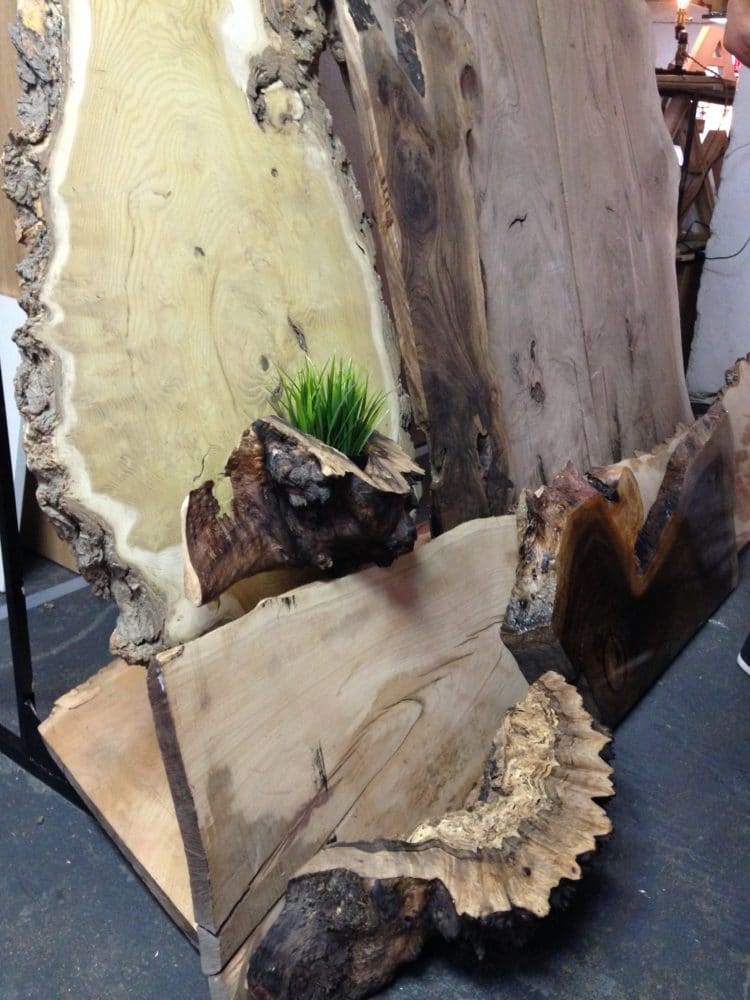

The natural beauty of the tree makes manymanufacturers look for inspiration in the imperfect form of the slab. The cut wood is sanded, oiled or varnished to preserve the texture, and thus remains almost in its original form.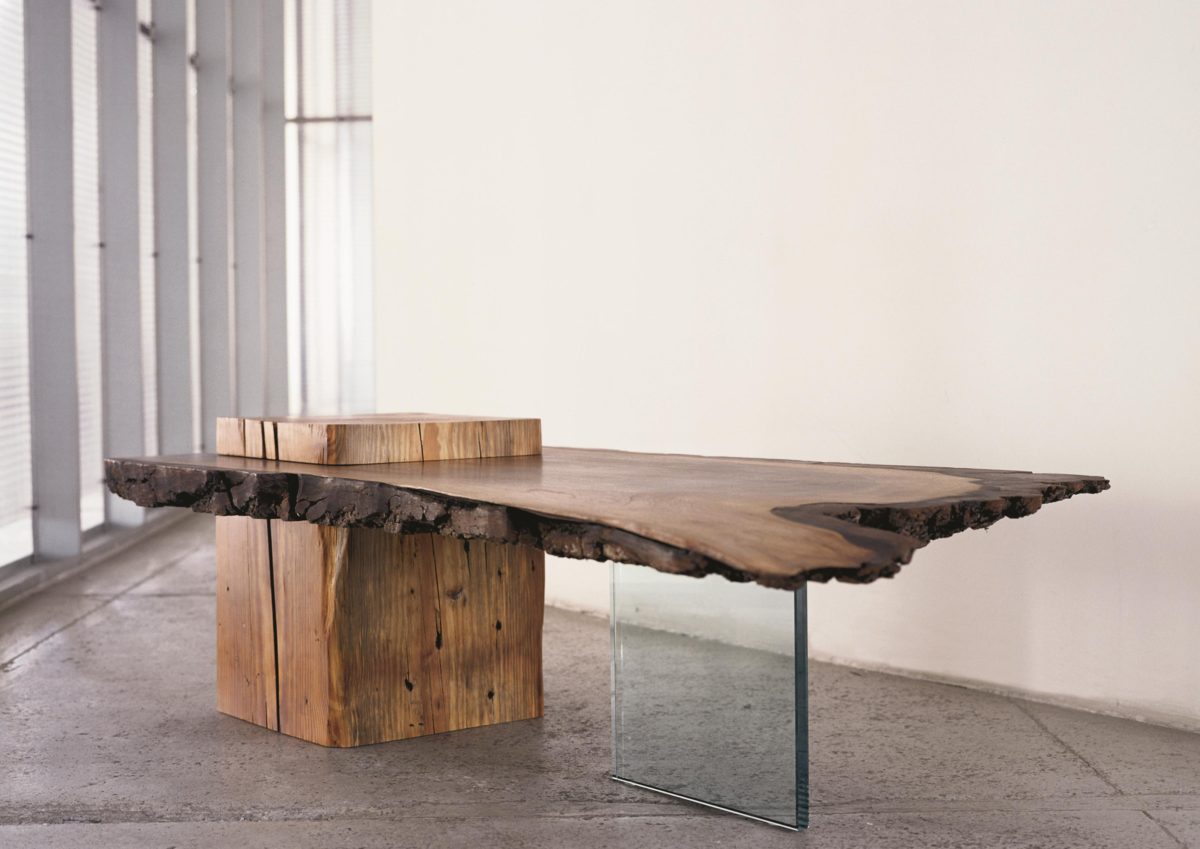

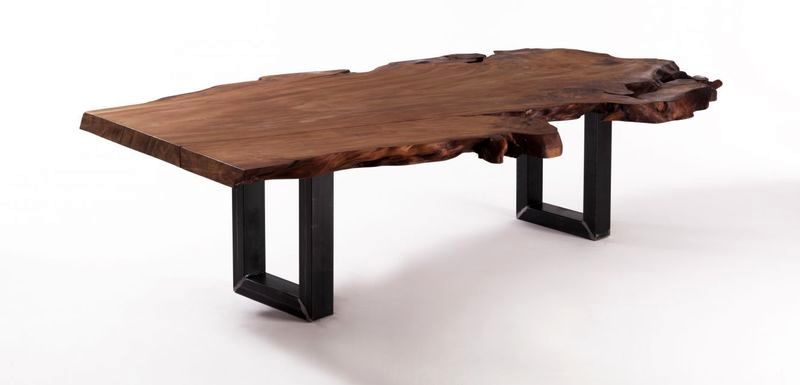
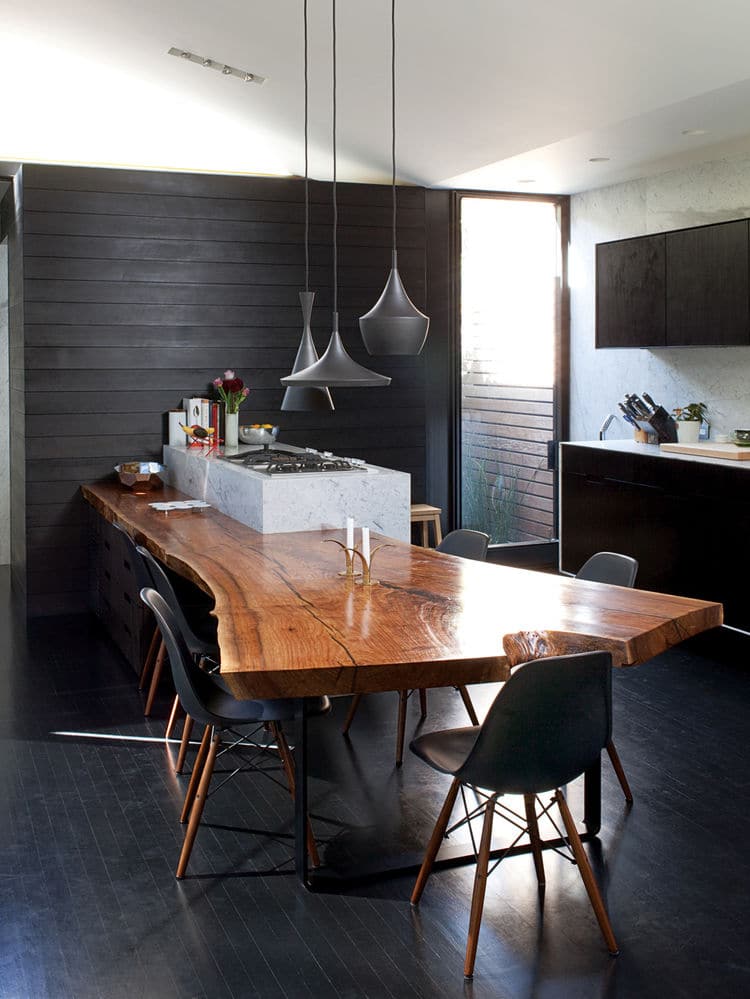
The use of liquid glass is anotheran interesting technology for producing countertops that allows you to combine several materials into a single composition and give it the correct geometric shape. In this case, the slabs are literally enclosed in glass film, but the effect is amazing!
You can also use liquid glass a little"correct" the shape of the tabletop. To give it extra strength, it is better for the solution to form not only the missing segments, but also to go onto the slab itself in a thin layer. In this case, the glass can be not only transparent, but also matte or with a colored pigment.

The use of tempered glass creates anotherinteresting effect. Initially, a pattern of the future glass is drawn on the slab, then a template is created and glass is made based on the template. After this, the craftsman tries on the finished glass, then a cut is made and the glass is installed. However, it is worth remembering that glass, even tempered, is a fragile material; during use, you should not put hot dishes on it, knock on it or subject it to excessive mechanical impact.
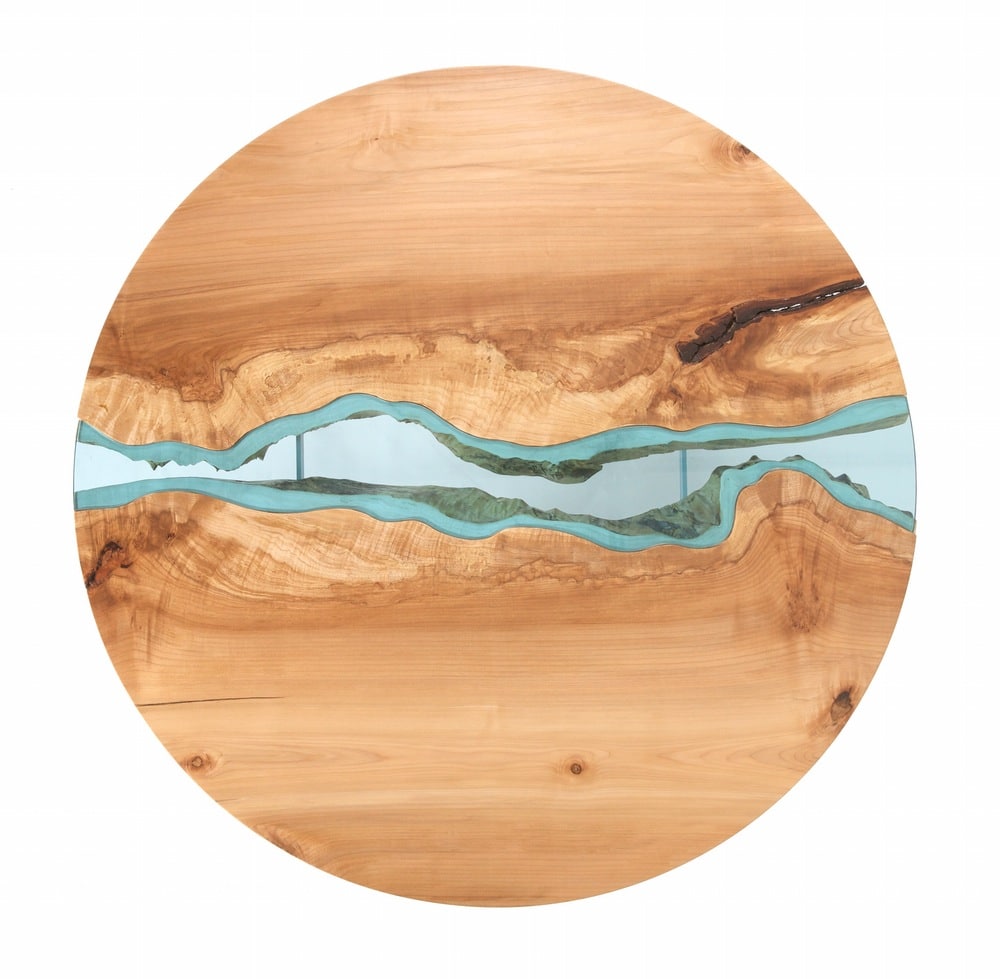
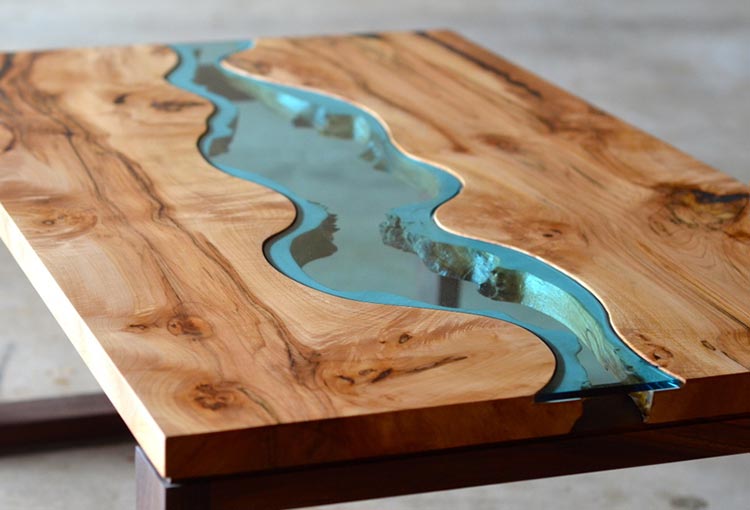

The aesthetics of wood inspires not onlyproduction of tables and tabletops. Sliding partitions, doors, shelves, bedheads are created from wooden slabs, and even sinks and entire bathtubs are carved out. Such works of art will become a bright accent of any interior in a modern style.